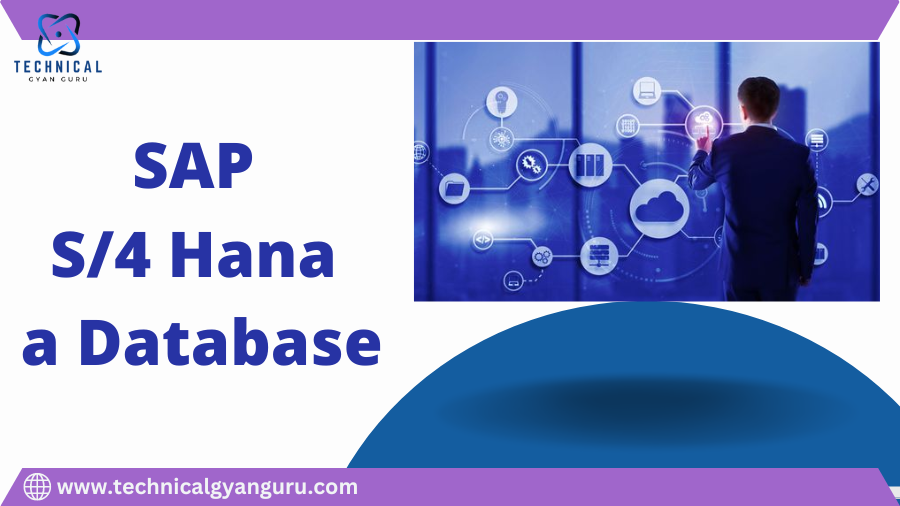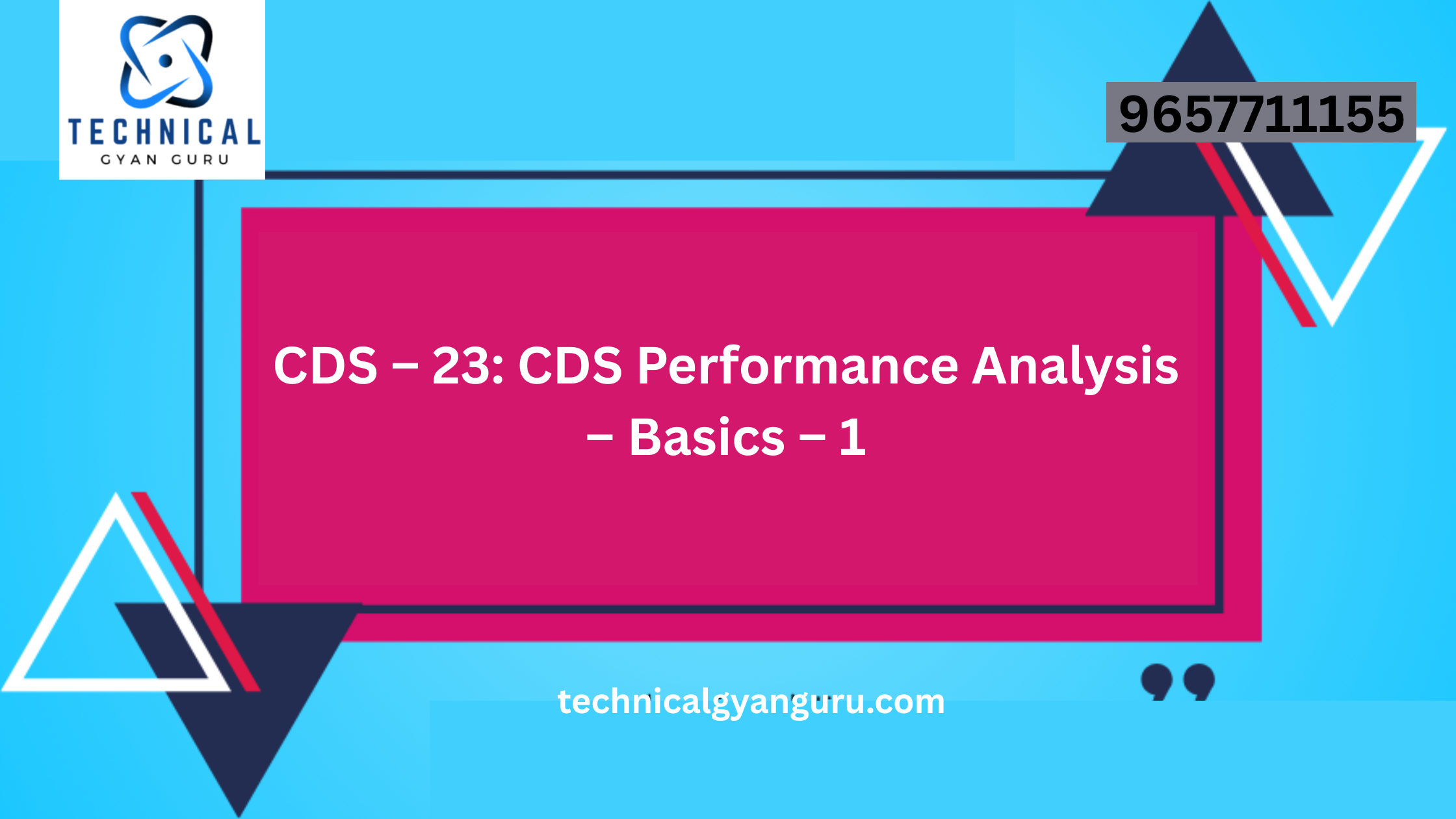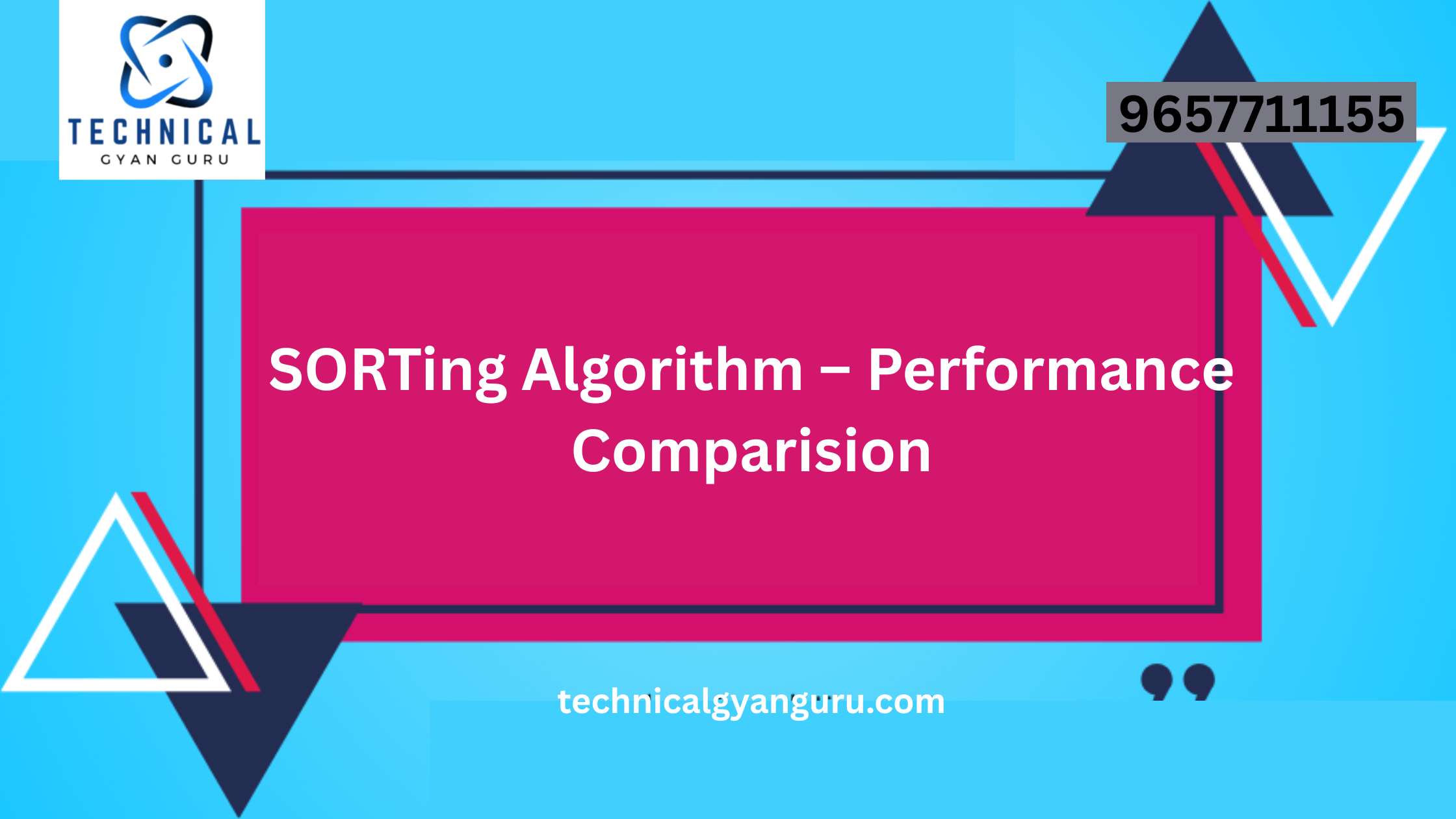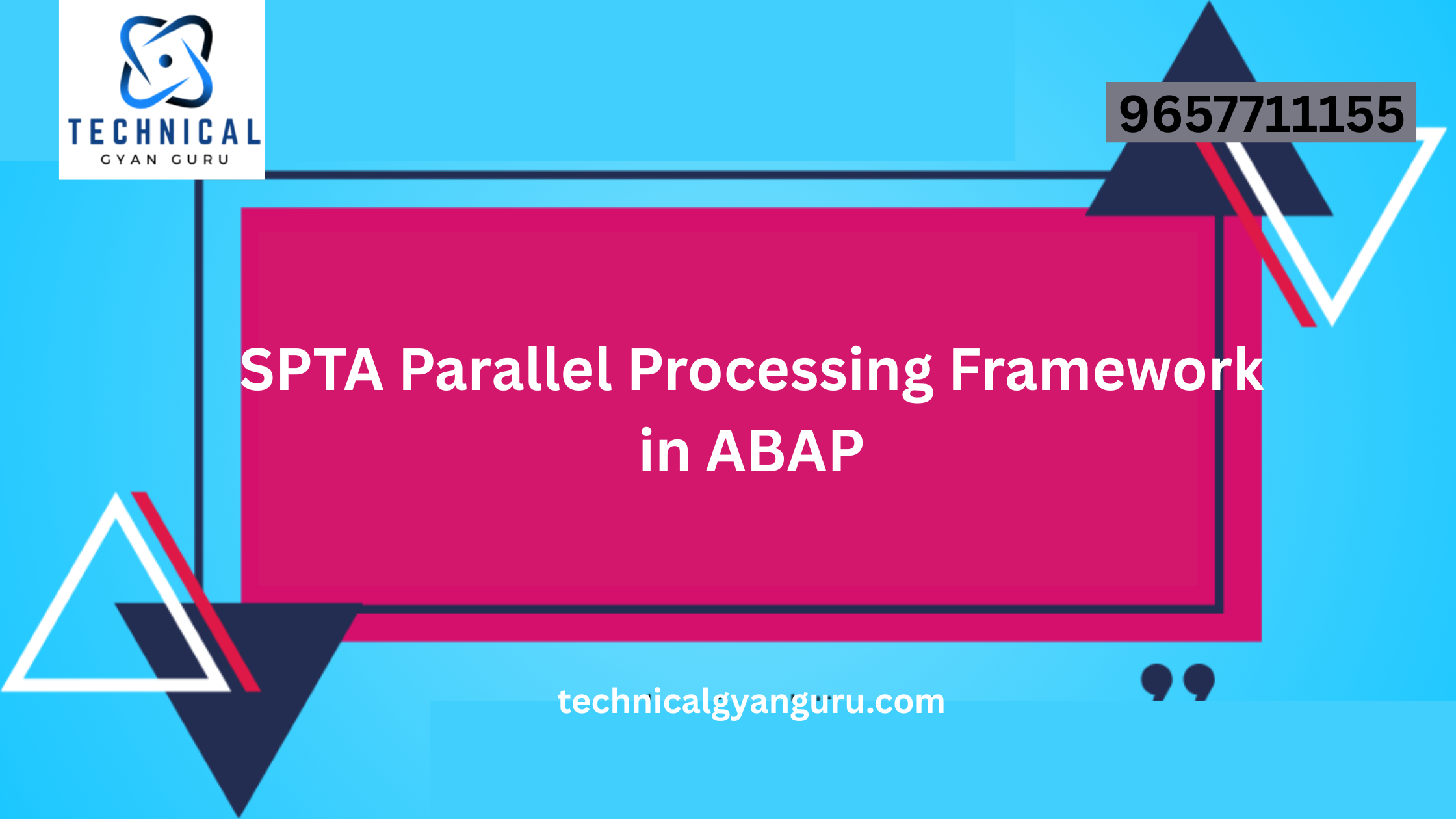
SAP S/4HANA is an advanced ERP suite and in-memory database designed for real-time analytics, faster processing, and streamlined business operations
There’s a common misconception that SAP S/4HANA is simply a database. While SAP HANA, a powerful in-memory database, is a core component, S/4HANA is a much more comprehensive solution. Let’s delve deeper into what S/4HANA offers and explore if it’s the right fit for your business.
Understanding the SAP S/4HANA Landscape
SAP S/4HANA is an enterprise resource planning (ERP) system designed for modern businesses. It streamlines and integrates core business processes across various departments, including finance, human resources, supply chain, manufacturing, and sales.
Here’s where SAP HANA comes in:
- SAP HANA Database: This in-memory database acts as the foundation for S/4HANA. It stores data in RAM, enabling real-time processing, faster transactions, and improved analytics.
- SAP S/4HANA Business Suite: This suite sits on top of the HANA database and offers a set of pre-built applications tailored to specific business functions. These applications are designed to be user-friendly and mobile-ready.
Is S/4HANA Just a Faster Database?
While the HANA database provides a significant performance boost, S/4HANA goes beyond raw speed. Here are some key advantages it offers:
- Simplified data model: S/4HANA boasts a simplified data structure compared to its predecessor, SAP R/3. This reduces complexity, improves data consistency, and makes it easier to generate reports and insights.
- Real-time insights: With real-time data processing, businesses can make data-driven decisions faster and more effectively. Imagine having instant access to inventory levels, customer trends, or financial performance – that’s the power of S/4HANA.
- Improved user experience: The SAP Fiori user interface provides a modern and intuitive experience for users across all devices. This translates to increased user adoption and improved efficiency.
- Business process automation: S/4HANA automates many routine tasks, freeing up employees to focus on higher-value activities.
- Scalability and flexibility: The solution is built to scale with your business needs and can be deployed on-premise, in the cloud, or in a hybrid model.
Who Can Benefit from SAP S/4HANA?
S/4HANA is ideal for mid-size to large enterprises across various industries. Here are some specific use cases:
- Manufacturing companies: S/4HANA can optimize production planning, inventory management, and supply chain visibility.
- Retail businesses: Gain real-time insights into customer behavior, optimize pricing and promotions, and improve the overall customer experience.
- Financial institutions: Enhance risk management, streamline financial processes, and gain deeper insights into financial performance.
Considering SAP S/4HANA? Here’s What to Do Next
Transitioning to S/4HANA can be a significant undertaking. Here are some steps to consider:
- Evaluate your current needs: Identify the key challenges you’re facing with your existing ERP system.
- Define your goals: Determine what you hope to achieve with S/4HANA.
- Assess your readiness: Evaluate your IT infrastructure, data quality, and user base to ensure a smooth transition.
- Partner with an experienced SAP consultant: A qualified consultant can help you navigate the implementation process and maximize the value you get from S/4HANA.
Conclusion
SAP S/4HANA is more than just a database; it’s a comprehensive ERP system built on the powerful SAP HANA platform. It offers a wide range of benefits for businesses seeking to improve efficiency, gain real-time insights, and make data-driven decisions. By carefully evaluating your needs and partnering with the right resources, S/4HANA can be a transformative force for your organization.
you may be interested in this blog here:-
Embracing Phonics in Marathi: A Pathway to Literacy Success
Understanding SAP S/4HANA Overview Key Features and Benefits








